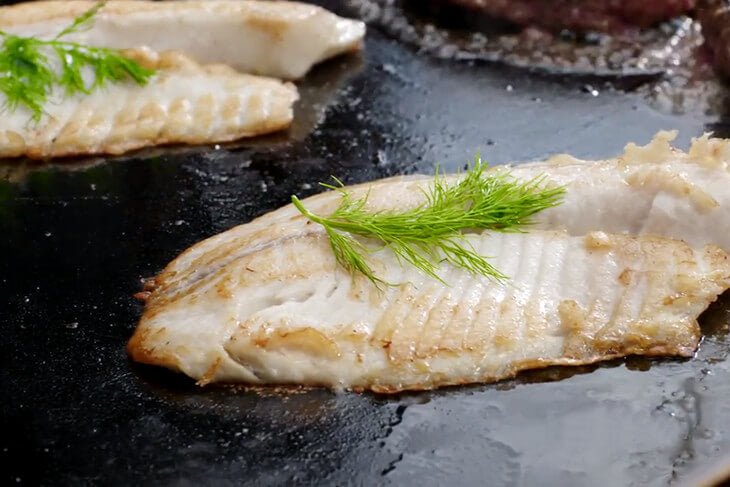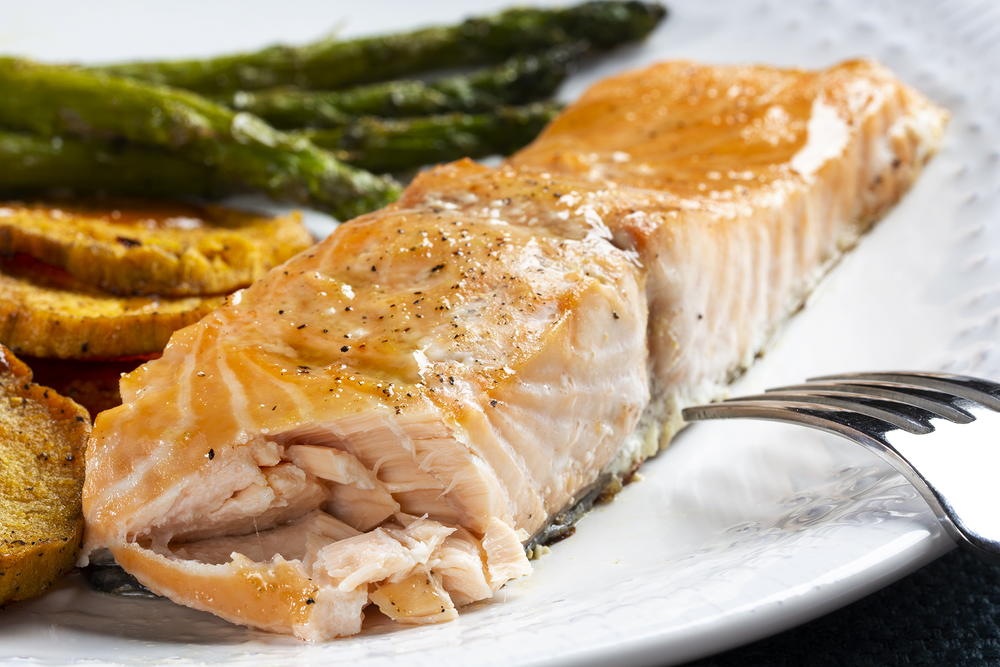Master the Art of Cooking Fish Curry: A Comprehensive Guide
Written By James Morgan
**How to cook fish curry** is a question that has intrigued many home cooks and professional chefs alike. This dish, with its rich history and myriad of flavor profiles, is a delightful addition to any dining table. Whether you are a seasoned chef or a novice in the kitchen, mastering the art of cooking fish curry can be both a rewarding and flavorful journey.
:max_bytes(150000):strip_icc()/gettyimages-98471689-2000-59405d1875aa4414ac887a10dfb4c0d1.jpg)
The Origins of Fish Curry
Understanding the origins of **fish curry** gives us a deeper appreciation for this dish. Predominantly popular in South Asian cuisine, fish curry has various regional adaptations. For example, in Kerala, the dish is often enhanced with coconut milk and tamarind, providing a sweet and sour flavor profile. In contrast, Bengali fish curry is known for its mustard-based sauce and robust spices. The diversity in preparation methods and ingredients showcases the versatility and universal appeal of fish curry.

Key Ingredients for an Authentic Fish Curry
The centerpiece of any **fish curry recipe** is, of course, the fish. Selecting the right type of fish is crucial. Common choices include tilapia, cod, and salmon due to their firm texture and ability to absorb flavors. Besides the fish, other essential ingredients include:
- Spices: Turmeric, cumin, coriander, and garam masala form the backbone of the curry.
- Aromatics: Onions, garlic, and ginger are foundational to building the dish's flavor base.
- Tomatoes: Fresh or canned tomatoes add a tangy richness that complements the spices.
- Coconut Milk (optional): Coconut milk can be used for a creamy texture, especially in South Indian versions.
- Tamarind: Adds a subtle sourness that balances the dish.
Choosing the Right Cookware
Investing in the right cookware ensures that your fish curry is cooked evenly and retains its flavors. Commonly used cookware includes:
- Griddle: Ideal for searing the fish uniformly.
- Knife: A sharp knife is essential for finely chopping aromatics.
- Cutting Board: An efficient cutting board ensures ease in ingredient preparation.

Step-by-Step Recipe for Fish Curry
Here is a comprehensive, step-by-step guide to crafting a delectable fish curry:
Ingredients
- 500g fresh fish fillets (like tilapia, cod, or salmon)
- 2 tablespoons vegetable oil
- 1 large onion, finely chopped
- 3 garlic cloves, minced
- 1-inch piece of ginger, minced
- 2 tomatoes, chopped
- 1 teaspoon turmeric powder
- 1 teaspoon cumin powder
- 1 teaspoon coriander powder
- 2 teaspoons garam masala
- 1 cup coconut milk (optional)
- 1 tablespoon tamarind paste (optional)
- Salt to taste
- Fresh cilantro for garnish
Preparation
Step 1: Marinate the Fish
**Marinating the fish** is a critical step that infuses the fish with flavor and ensures it stays moist during cooking. In a bowl, combine a pinch of turmeric, salt, and lemon juice. Coat the fish fillets with this mixture and let it marinate for at least 30 minutes.
Step 2: Prepare the Aromatics
Heat the vegetable oil in a griddle or large pan over medium heat. Add the finely chopped onions and saut until they turn golden brown. This process helps to build a savory base for the curry. Then, add the minced garlic and ginger, cooking until they release their aromatic properties.
Step 3: Cook the Spices
Add the turmeric, cumin, and coriander powders to the pan. Toasting the spices is essential as it enhances their natural oils and releases their full flavors. Make sure to stir continuously to prevent the spices from burning.
Step 4: Add Tomatoes
Incorporate the chopped tomatoes into the pan, stirring well to combine them with the spice mixture. Allow the tomatoes to cook down until they form a thick, rich sauce. If the mixture looks too dry, a splash of water can be added to prevent sticking.
Step 5: Incorporate Coconut Milk
If you are choosing to use coconut milk, now is the time to add it. Pour it into the pan, stirring well to mix with the tomato and spice base. Allow the mixture to simmer for about 5-10 minutes until it thickens slightly. This step gives the curry a luxurious and creamy texture. If you prefer a tangy flavor, add the tamarind paste at this stage as well.
Step 6: Cook the Fish
Add the marinated fish fillets to the pan, ensuring they are submerged in the curry sauce. Reduce the heat to low and simmer the fish gently. It's important to cook the fish slowly to keep it tender. Depending on the thickness of the fillets, this step should take about 10-15 minutes.
Step 7: Final Adjustments and Garnish
Before serving, taste the curry and adjust the seasoning with salt if needed. Garnish with freshly chopped cilantro to add a burst of color and freshness. The curry is now ready to be served hot with steamed rice or naan bread.

Serving Suggestions
Fish curry is a versatile dish that pairs well with a variety of sides. Traditional accompaniments include steamed basmati rice, which absorbs the flavorful sauce beautifully. Alternatively, a warm, fluffy naan can be an excellent choice for dipping into the curry. For a complete meal, consider serving the fish curry alongside a refreshing cucumber raita, which balances the heat of the spices with a cool, creamy texture.
Cooking Tips and Tricks
Perfecting **how to cook fish curry** comes with practice and a few helpful tips:
- Fresh Ingredients: Always use fresh fish and herbs to ensure optimal flavor.
- Layering Flavors: Building layers of flavor by sauting aromatics and toasting spices is crucial.
- Low and Slow: Cooking the fish on a low simmer ensures it remains tender and absorbs the curry's flavors.
- Resting Time: Letting the curry sit for a few hours or overnight allows the flavors to meld together, making it even more delicious the next day.
Alternative Recipes for Inspiration
If you enjoyed learning **how to cook fish curry**, you might also be interested in exploring other delicious fish recipes. Check out how to cook salmon on griddle for another tasty option.
Cleaning and Maintenance of Cookware
After preparing a delicious fish curry, it is essential to clean your cookware properly to maintain its longevity. Here are some tips:
For the Griddle: Use a specialized Cookware Cleaner to remove any stuck-on food and oil residue.
For the Cutting Board: Applying Cutting Board Oil helps in maintaining the wood's quality and prevents cracking.
As an Amazon Associate, I earn from qualifying purchases.
By following these steps, you can ensure that your cookware stays in excellent condition for future culinary adventures.
Conclusion
Mastering **how to cook fish curry** is a fulfilling experience that enhances both your culinary skills and palate. This comprehensive guide provides all the necessary steps and tips to create a delicious and authentic fish curry at home. Remember, practice makes perfect, and each attempt will bring you closer to mastering this flavorful dish. Enjoy the process, and happy cooking!



